
Know the difference
Core Shapes of Panties & How They’re Made
Panties come in a variety of shapes and styles, but there are a few core shapes that make up the vast majority available on the market. Knowing the different core shapes of panties, how they are made and matched with women’s different body shape can help you to choose what is best for your consumers. In this blog post, we’ll explore the core shapes of panties, and how they are made.
Core Shapes of Panties:
From bikinis to thongs, boyshorts to less known tangas, there are different core shapes that fit individual needs and designers eventually come up with many attractive designs and styles using various cuts matching with their design thoughts. Here, we have narrowed our list to some of the most common shapes of panties:
Bikini:
They are the most common shape and classic panties for every woman. With higher cuts at the legs, a little slimmer at the sides they offer a decent coverage at the back. The waistband of the bikini panty may be elasticated, allowing it to move and expand with the body. Often, designers leave the leg line raw or enclose it with a fine elastic casing to create a neat finish.
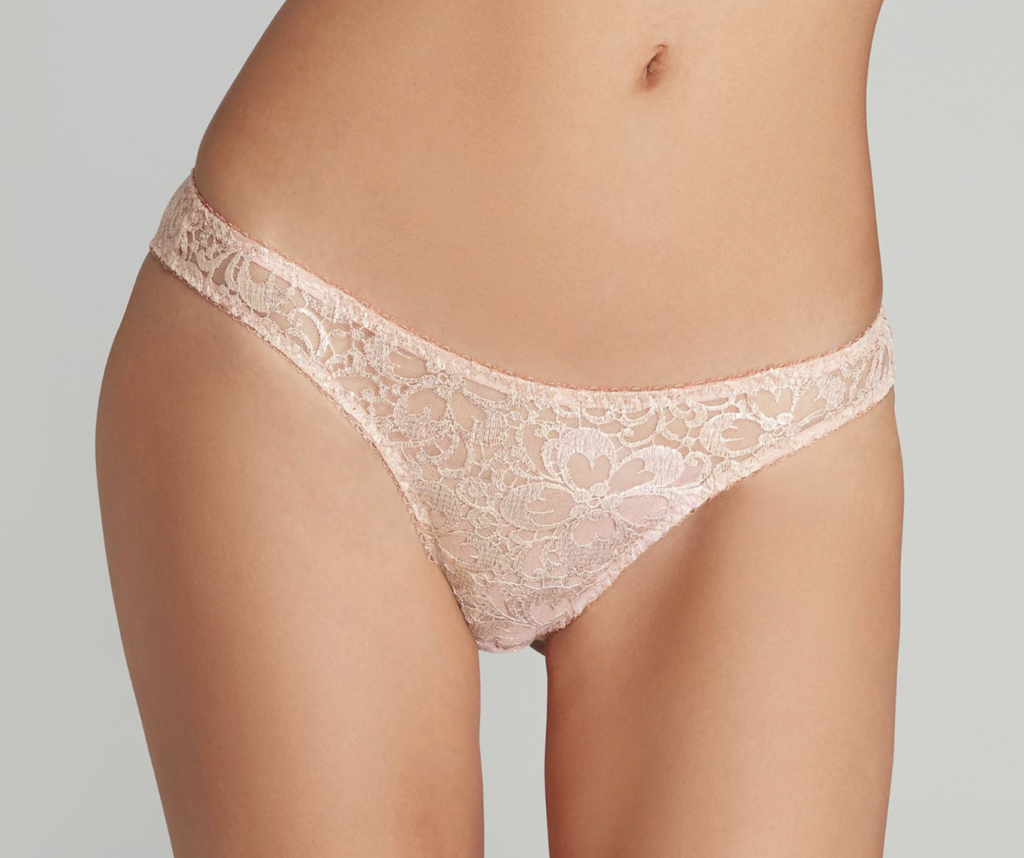
Thongs:
Offering almost no coverage at the back, they are certainly the perfect option to get rid of panty lines. At front, their design varies- typically some have quite little coverage and some have full coverage. One kind of thong is the G-string, which skimpily constructs with a thin string at the back for support and a small triangle of fabric at the front. Typically, manufacturers create the waistband using spandex or elastic, and they must carefully measure and cut it for each pair.
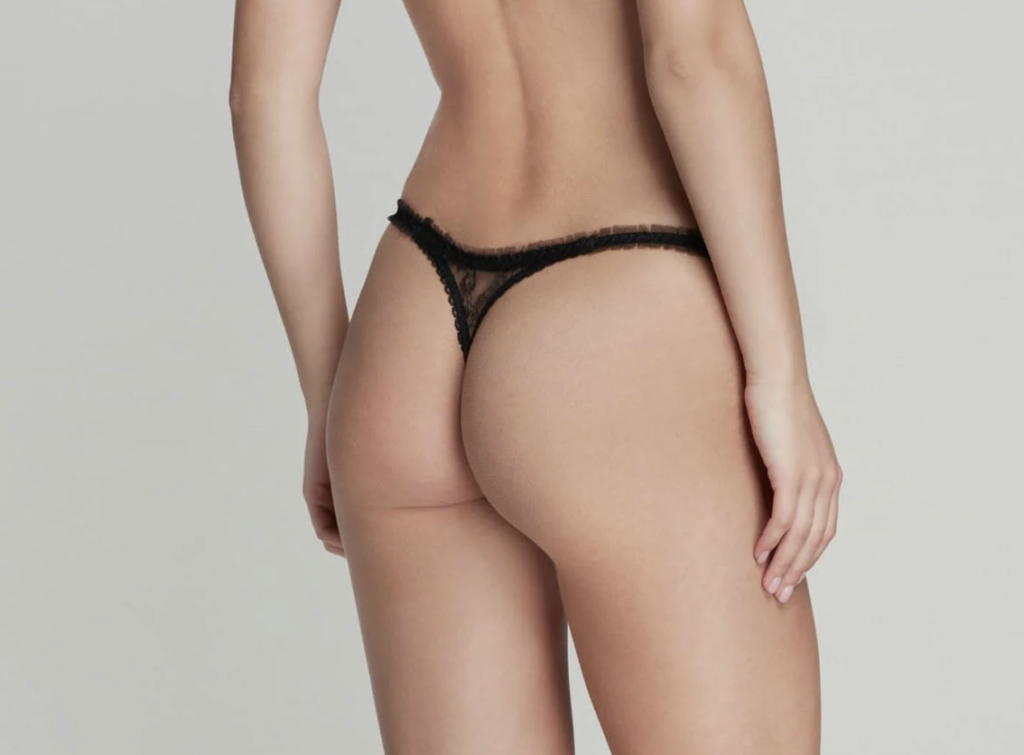
Briefs:
Briefs are perfect for individuals having rounder behinds. Whether it is classic briefs or hipster briefs they are full coverage panties and come up with a variety of waist styles. For its full coverage constructions they are perfect to get through period troubles or ideal for more mature women who want a fuller coverage front and back.

Boyshorts:
As the name says, the boyshorts are more shaped like men boxers. They are the most modest panties offering full coverage both at the front and the back. They are great for individuals who want more coverage with their panties to feel contained and comfortable. Cheeky boyshorts are an alternative style to regular boyshorts that have the same shape on the front but offer mid-coverage in the back.
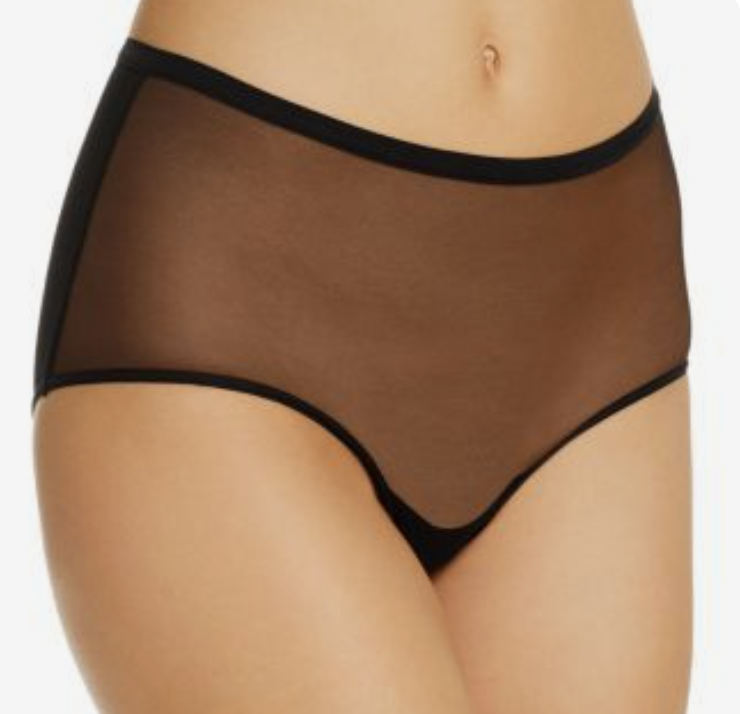
Hipster:
Hipster panties are a low-rise style of underwear that sits on the hips, typically below the belly button. They have full coverage in the back and offer moderate to minimal coverage in the front. They are often worn with low-rise jeans and pants.
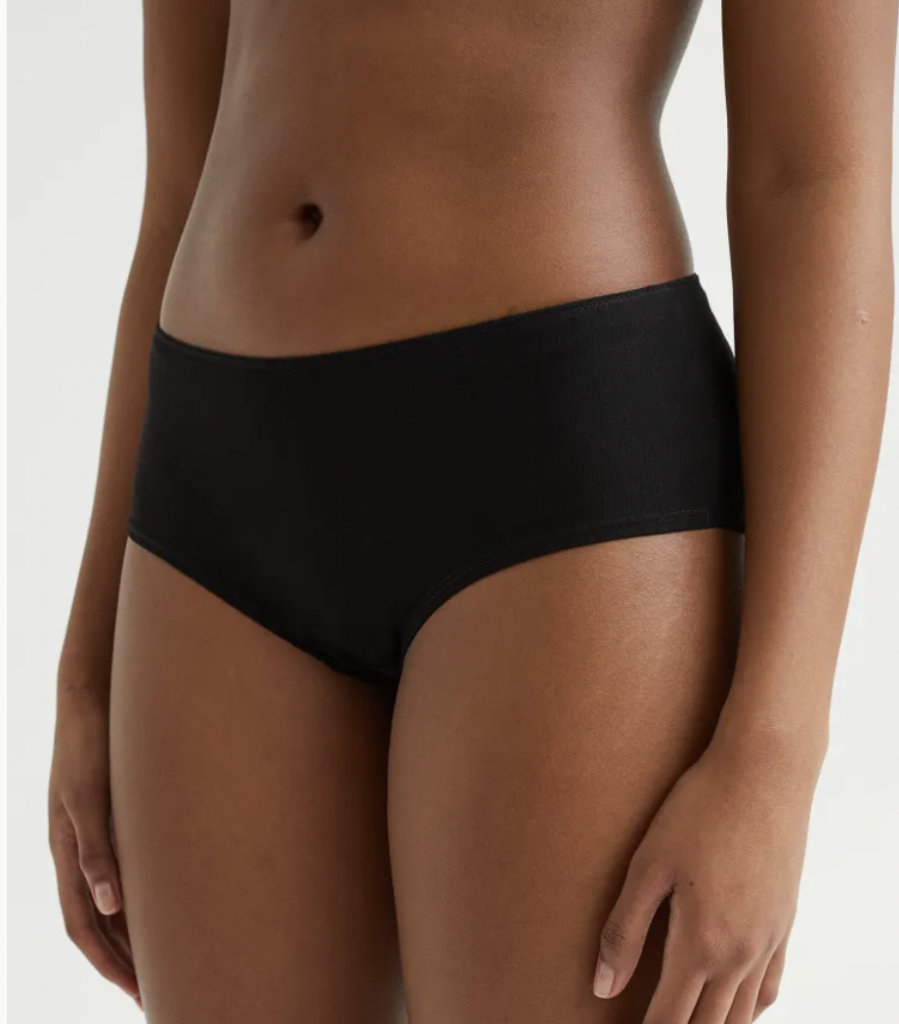
The key difference of Hipster and Boyshort panty is that a hipster panty sits low on the hips and provides moderate to minimal coverage in the front and full coverage in the back, whereas a Boyshort panty sits on the hips, provides full coverage in both the front and back and typically have a wider waistband and leg openings.
Tangas:
Tangas are unusual types of panties that offer coverage somewhere between what a bikini and a thong offer. They are well constructed, with reinforced stitching and the right tension at all sides. Particularly they are good to wear under jeans or casual dress. The main distinction is the straight back leg-line which allows for that in-between thong and bikini coverage.

Ouvert:
Ouvert panties, also known as open panties, are a type of lingerie that features a cut-out or open design in the front or back. They typically have an open crotch area, which can be either completely exposed or partially covered. Ouvert panties are certainly considered to be a more risqué and provocative style of underwear, and are worn as a form of lingerie or for sexual purposes.
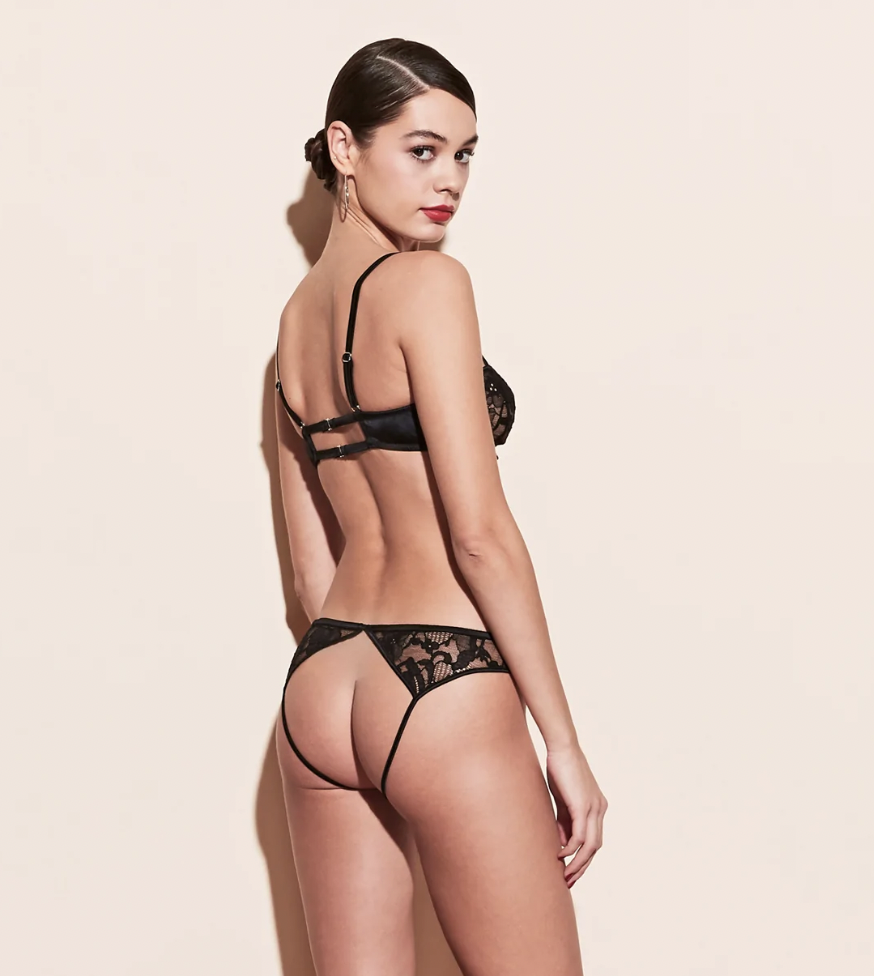
Most panties come in three cuts. These are high cut, low cut, and full cut. High-cut panties sit on top of the hips and offer moderate coverage in the front. Low-cut panties sit lower on the hips, with a waistband sitting at the bottom of the natural waistline or just above it. Full-cut panties have a wider elastic band and offer moderate to complete coverage in the front.

How They’re Made:
Have you ever wondered how they’re made? Typically, a designer cuts fabrics into shapes based on the design and then subjects them to various textile operations. First, the designer creates a pattern based on requirements or inspiration and fits it over a model or mold to give the fabrics shape before sewing them together.
Repeated steps of tech pack developments, sampling, and fitting solve difficulties like narrow gusset, skimpy lining, awkward seams, muffin top, sheer panels, and lace until finalizing a pattern for bulk production. Furthermore, the process includes sourcing the right fabrics and hardware, finding the best manufacturer overseas, conducting quality checks, and receiving shipments to your store.
Moreover, even before the design, development, and bulk manufacturing of intimate apparel like panties, the requirements regularly come up from the entrepreneurs and retailers based on their consumers’ interest. Undoubtedly having good knowledge with core shapes of panties and women body types can help any industry insider to make an informed decision.
Wish to know more: don’t hesitate to visit the following posts:
- From Lingerie to Activewear: Understanding Women’s Intimate Apparel
- 3 Key Things You Should Look for When Choosing a Manufacturer for Your Lingerie Brand
- What Exactly is a Quality Control Inspection? (And Can I Do That?)
- The Difference Between Lingerie Design and Product Development & Manufacturing
- Core Shapes of Bras & Designing the Perfect Bra
